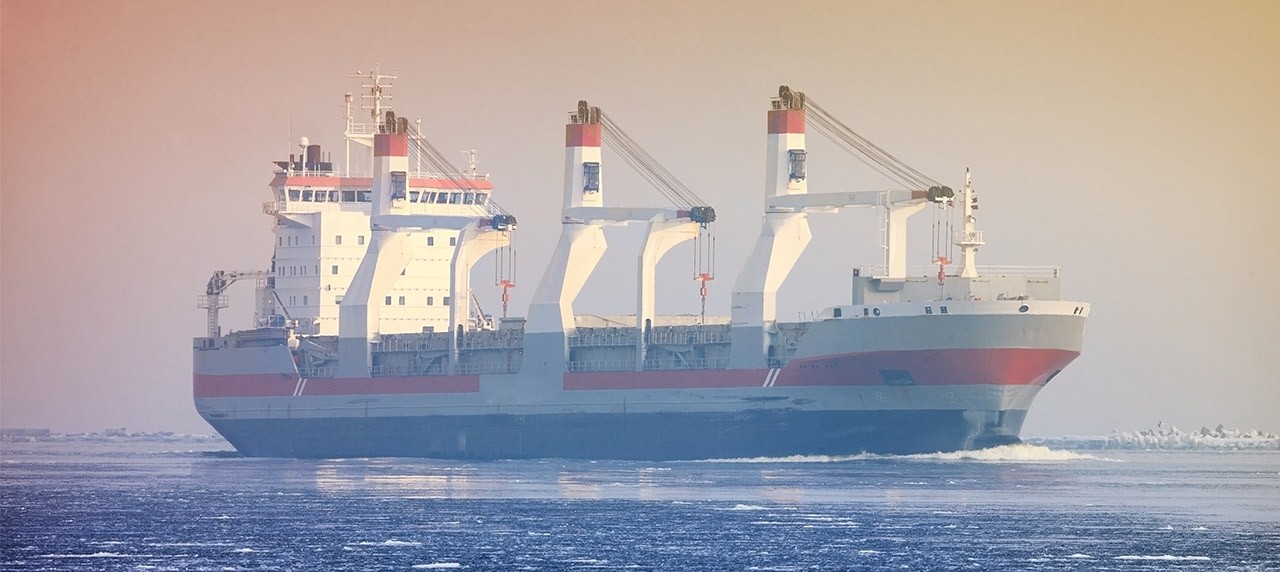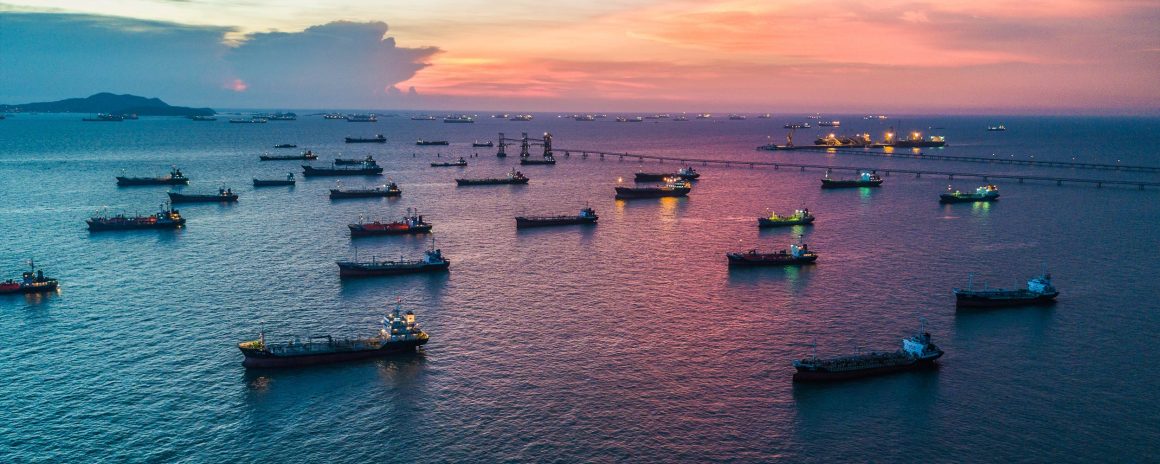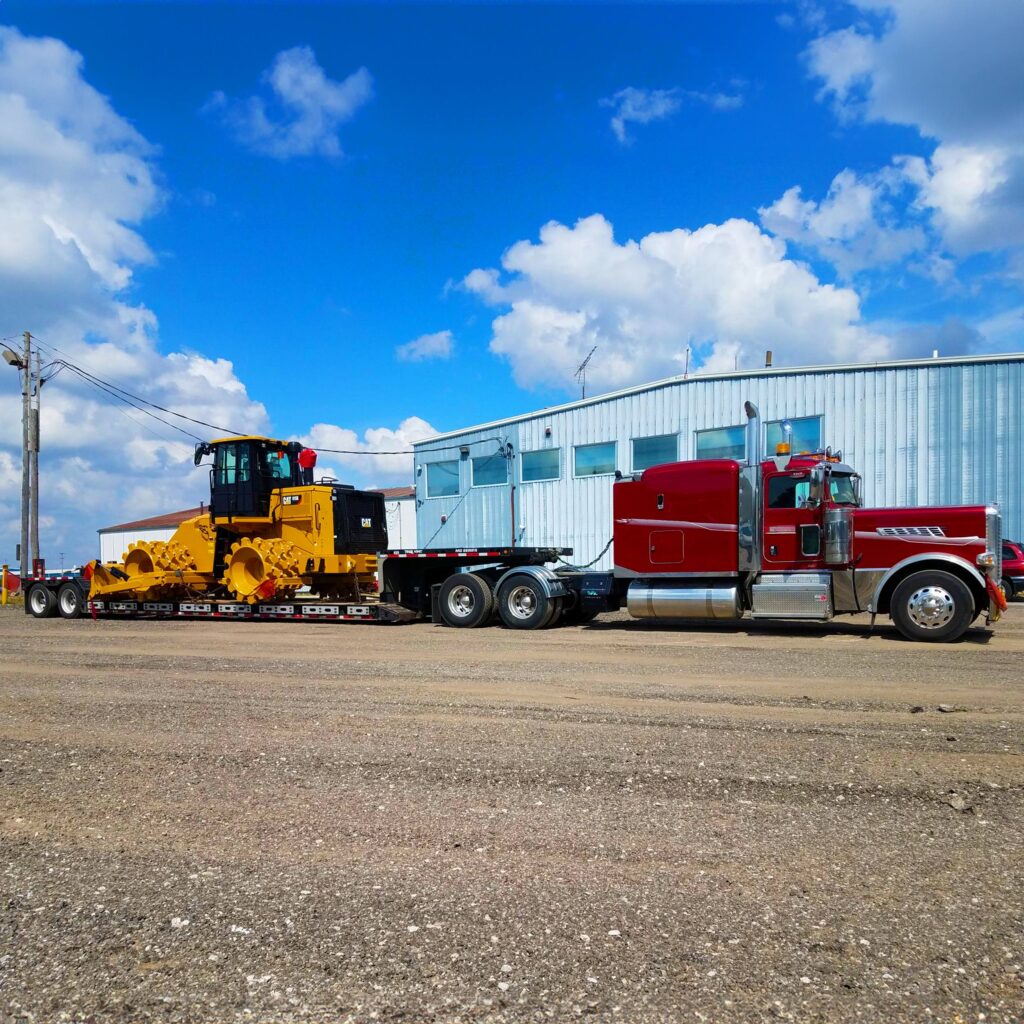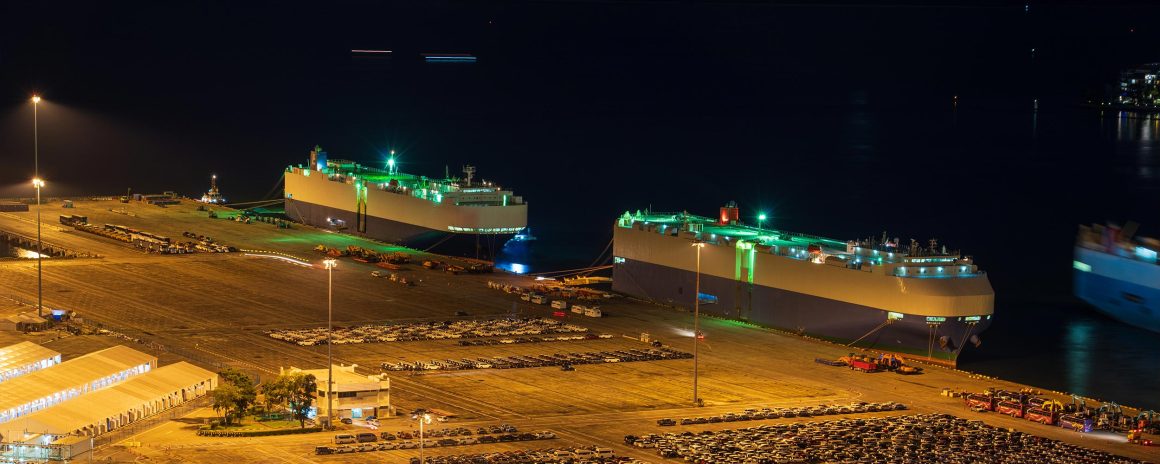
Breakbulk cargo (also spelled “break-bulk”) is cargo that is loaded directly onto a ship’s deck. Learn about breakbulk shipping, the types of goods transported, and its classification.
Classification of Bulk cargoes
Whether they are shipped by sea, air, or ground, goods are classified into multiple types. Most people are familiar with shipping containers, which require dedicated container ships to transport. There is also RO/RO (Roll-on/Roll-off) cargo, which typically refers to vehicles and other towable cargo that can be rolled directly on and off the ship.
Any cargo that doesn’t fall into these two categories is called bulk cargo. There are three main classes: dry bulk, liquid bulk, and breakbulk.
- Dry bulk is loose, unpacked cargo transported in large quantities, such as sand, charcoal, iron ore, gravel, or cobblestone
- Liquid bulk includes free-flowing liquids or liquid gasses directly carried inside tanks mounted on specialized ships. Examples include milk, wine, solvents, petroleum products, and natural gas
- All other cargo falls into the breakbulk cargo category
What is Breakbulk cargo?
Breakbulk, also known as general cargo, is packaged freight that is not transported in shipping containers. Instead, it refers to goods stored in various types of individual packaging units that are loaded directly into the ship’s hold.
Examples of packaging units used in breakbulk cargo shipping include:
- Bags
- Barrels
- Boxes
- Crates
- Drums
- Pallets
This type of cargo can also include irregularly sized freight that cannot fit in any standard-sized container or packaging unit. Consequently, this type of cargo is sometimes called “non-unitized.”
Types of Breakbulk shipping goods

Breakbulk goods, often too large or oddly shaped for containers, demand special handling and attention throughout the shipping process. Common types of goods transported by forwarders include:
- General unitized cargo
- Wood, either as logs or processed lumber
- Generators
- Turbines
- Aircraft parts
- Oversized machinery
- Specialized vehicles
- Satellites and satellite parts
This is just a brief look into the diverse goods shipped as breakbulk. From everyday essentials to industrial machines, breakbulk includes wide range of goods.
Pros of Breakbulk cargo shipping
Breakbulk cargo shipping offers several distinct advantages over its containerized counterpart, particularly in terms of versatility, cost-effectiveness, and operational flexibility.
Unlike containerized shipping, which is predominantly suited for standardized cargo units, breakbulk vessels excel in accommodating a diverse range of freight. Their inherent flexibility allows them to handle oversized, heavy-lift items.
The absence of specialized equipment and infrastructure associated with container terminals can significantly reduce operational expenses for both shippers and carriers.
Breakbulk shipping often boasts shorter transit times compared to containerized shipping. It can offer greater flexibility in route planning and can often be chartered for direct point-to-point delivery, significantly reducing transit times for time-sensitive shipments.
Breakbulk vessels can be loaded and unloaded at any port that can accommodate their size and draft. Among the benefits are:
- Access to smaller ports closer to final destinations
- Shipments can be easily adapted to changing circumstances and logistical requirements
How to ship heavy equipment via ocean freight?
Ship your Breakbulk cargo anywhere with Atlantic Project Cargo
Our company has years of experience transporting breakbulk cargo worldwide and providing full-service logistics to our clients.




